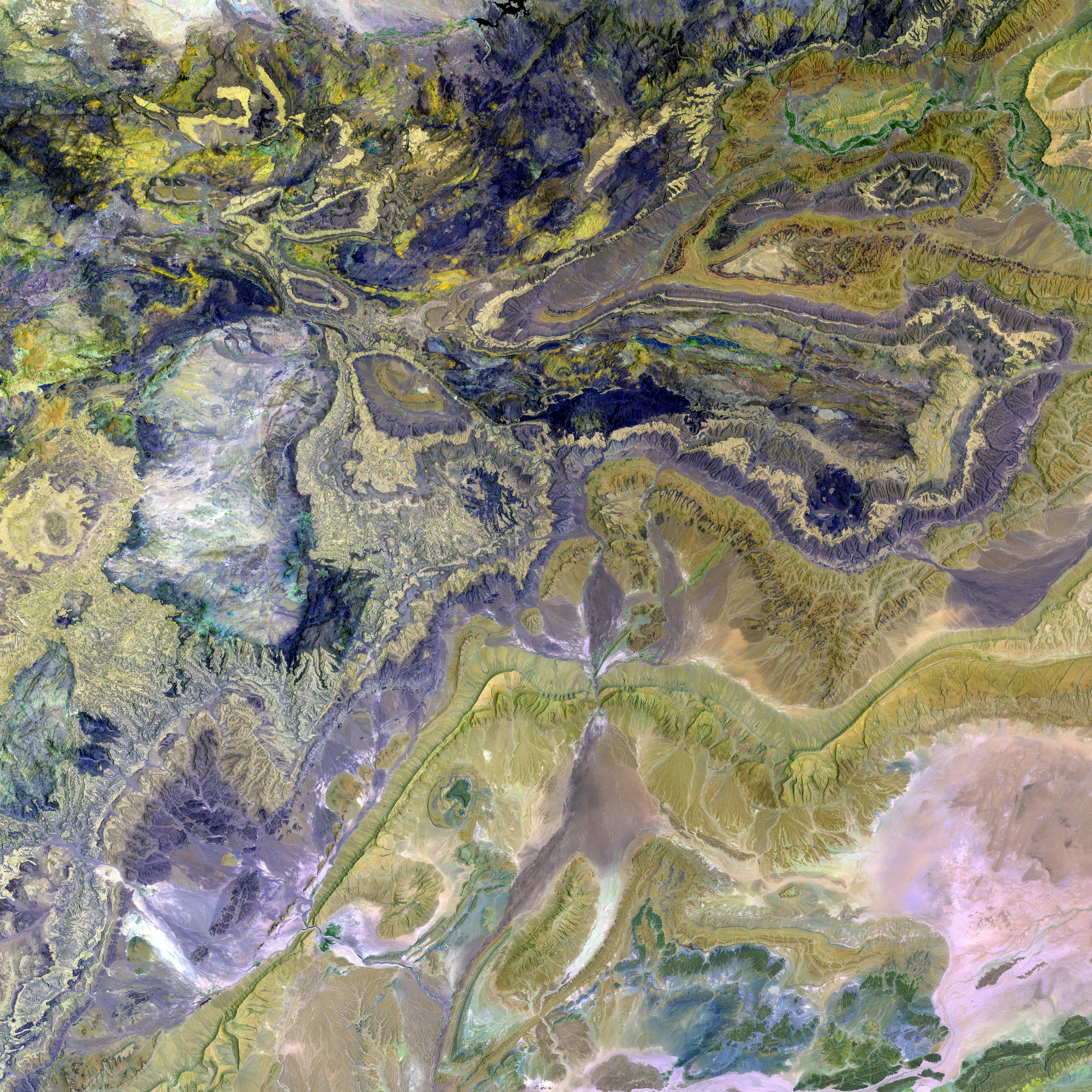Technologies Pioneered for Ocean Surveillance and Debris Removal
In the ongoing battle to preserve Earth's oceans and safeguard human civilization, a new cadre of cutting-edge technologies is proving to be formidable allies. These include satellite monitoring, drones, and AI-enabled systems, which are transforming our ability to detect and eliminate marine debris, assess ocean health, and ensure sustainable fishing practices.
Soaring Into Action: Satellite Monitoring
Satellites have emerged as crucial tools for monitoring ocean health[4]. Recent advancements means they can now spot marine debris from space, a feat previously thought unattainable. A study in Nature Communications demonstrated that satellites can accurately estimate the amount of litter in the sea[2]. By analyzing a six-year historical series of observations from the European Copernicus Sentinel-2 satellite, researchers identified large sections of litter within floating structures known as "windrows"[2].
These space-based observations offer unique insight into ocean health, guiding climate mitigation and adaptation efforts[4]. Satellites can track sea surface temperatures, ocean acidification, and changes in marine ecosystems over time. The European Space Agency's CIMR (Copernicus Imaging Microwave Radiometer) mission, slated for launch soon, aims to revolutionize the study of the upper ocean and polar regions[4].
Flying High and Deep: Drones
Drones have proven to be versatile tools for both monitoring and cleanup initiatives:
- Marine Debris Identification: The NOAA's National Centers for Coastal Ocean Science, in collaboration with Oregon State University, is developing a drone-based system using machine learning to identify and locate marine debris along coastlines[3]. This system uses polarimetric cameras and AI, enabling swift and accurate debris detection for rapid response and removal efforts.
- Sustainable Fishing Practices: Fishing drones empower anglers to adopt more sustainable methods. By providing access to remote areas from the shore and enabling selective targeting of specific species, drones help prevent overfishing and protect vulnerable species[5].
- Underwater Exploration: AI-driven underwater robots, like the MeCO platform developed by NSF-funded researchers, are revolutionizing marine preservation. These autonomous underwater vehicles (AUVs) can collect colossal amounts of data, offer detailed insights into species distribution, and create comprehensive habitat maps[6].
Brainpower at the Helm: AI-Enabled Systems
Artificial Intelligence (AI) is amplifying our capacity to analyze the vast amounts of data collected by satellites and drones:
- Object Recognition: The Ocean Cleanup organization has established AI algorithms capable of processing images captured by cameras attached to ocean-going vessels, detecting and categorizing plastic debris[1].
- Predictive Modeling: AI-powered systems can develop models to predict where and when marine animals will be in the ocean, aiding in better species management[7].
- Real-time Analysis: AI allows for real-time analysis of satellite and drone data, enabling swift response to environmental changes or threats.
By tapping into these advanced technologies, we are drastically increasing our capacity to monitor and safeguard our oceans. Swift understanding and prompt action are crucial as we strive to mitigate the impacts of climate change, reduce marine pollution, and guarantee sustainable use of ocean resources. As we continue to refine and deploy these technologies, we inch closer to a future where humans can coexist harmoniously with our planet's vital marine ecosystems, potentially averting the existential threats posed by ocean degradation.
- Satellites, once seen as unsuitable for spotting marine debris in the sea, are now enabling swift and accurate litter detection, thanks to recent advancements in technology [2].
- Emerging drone-based systems, in collaboration with AI and machine learning, are identifying marine debris along coastlines for rapid response and removal [3].
- AI-driven underwater robots, such as the MeCO platform, are transforming marine preservation through the collection of vast data, insights into species distribution, and creation of habitat maps [6].
- Real-time analysis of satellite and drone data, made possible by AI, expedites our response to environmental changes or threats, playing a crucial role in mitigating the impacts of climate change and safeguarding our oceans [7].






